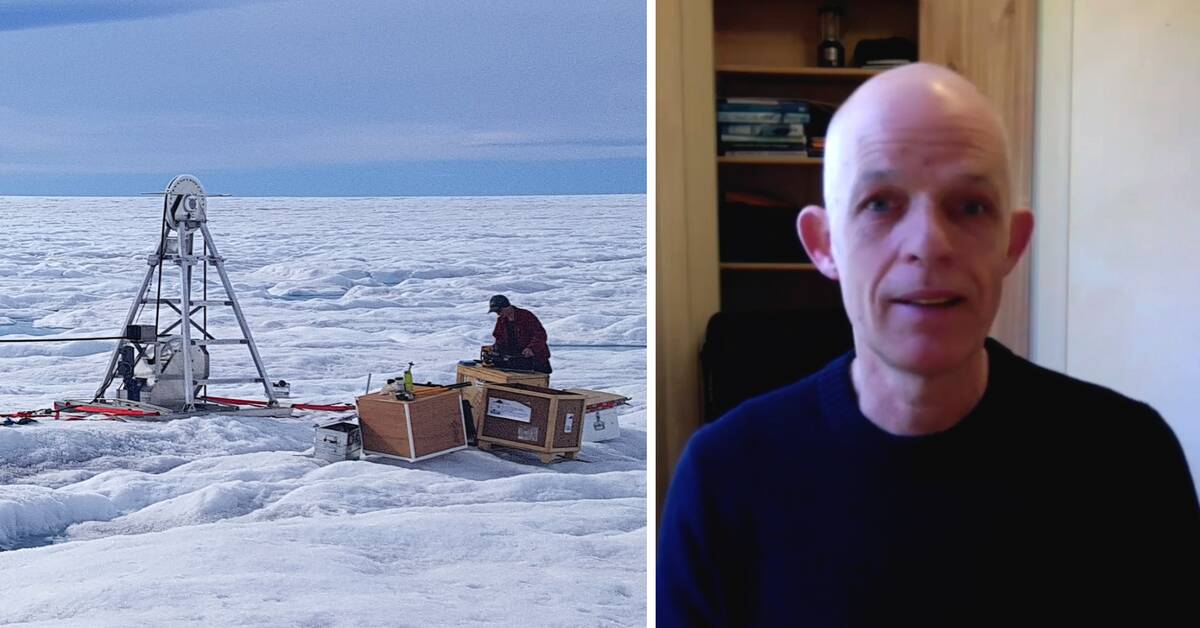- This is the first time a hole has been drilled a kilometer into the ice in Greenland and it has been possible to observe this mechanism, says Poul Christoffersen, professor of glaciology at the University of Cambridge in England, and one of the researchers behind the study.
It was when he and his research group investigated a large glacier in western Greenland that a completely new heat source was discovered that originated from melting ice.
Because when ice melts, melt water is formed and on this particular glacier, the melt water "falls" down a whole kilometer in cracks in the ice, which has now proven to be a process that generates heat.
Similar to the largest pond
According to Poul Christoffersen, the mechanism can be equated with how falling water in power plants or dams generates electricity.
During the summer and during periods when the melting is at its greatest, the hydropower from the glacier in Greenland could be compared with that from the world's largest hydropower plant, the Three Gorges Dam in China.
Ten hydropower plants together
If you instead look at the whole of Greenland, and assume that the same thing happens on other parts of the ice, the researchers believe that the power is even greater.
- Right now we believe that this mechanism of basal melting in Greenland surpasses the ten most powerful hydropower plants on earth, together.
Then also included the dust of the three ravines, says Poul Christoffersen.
Equal melting at the bottom
Basal melting means that the ice melts from the bottom, ie from below.
It is an effect of this newly discovered mechanism together with other already known processes.
According to the study, the glacier melts from below up to a hundred times more than calculations without this factor have shown.
It will then be about as much as the melting on the surface.
"Great discoveries are coming all the time"
The discovery and study have been published in the Proceedings of the National Academy of Sciences.
- It is a very interesting study, which contributes additional pieces of the puzzle to the complex large ice sheets.
The study clearly shows that every time we dive into a place, it turns out that we did not know everything at all and that relatively large discoveries come all the time, says Martin Jakobsson, professor of marine geology and geophysics at Stockholm University.
Future sea level rises may change
Researchers around the world already believe that the melting Greenland ice sheet is the biggest contributing factor to global sea level rises.
If researchers take the discovered mechanism into account when trying to see into the future, it could have an even greater impact.
Play the clip to see how the mechanism works.

